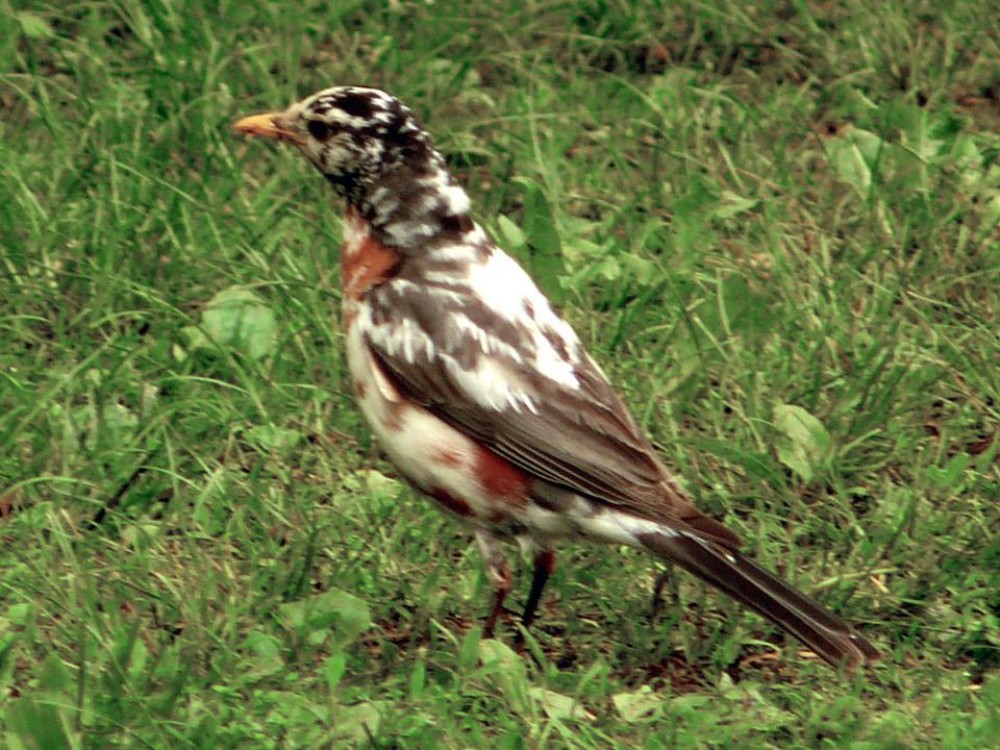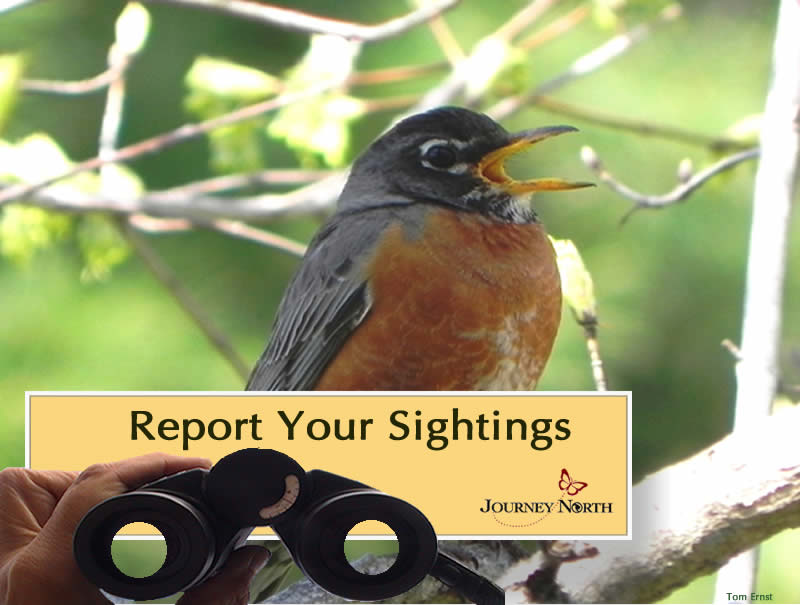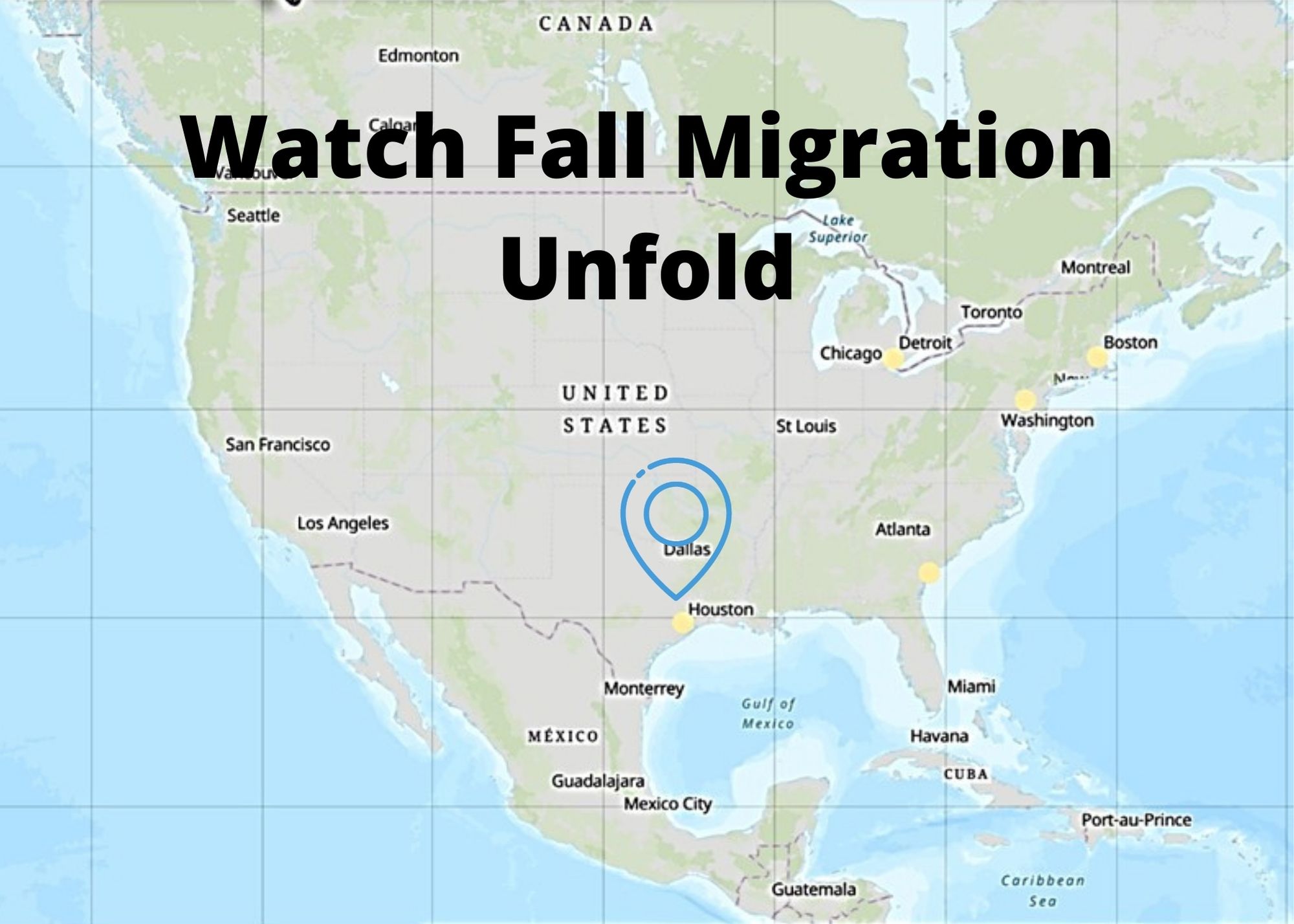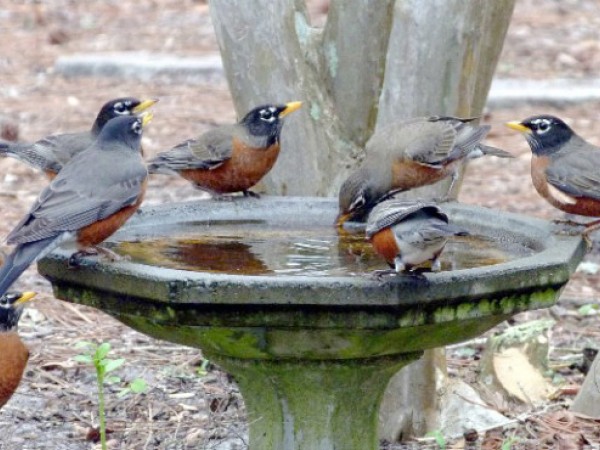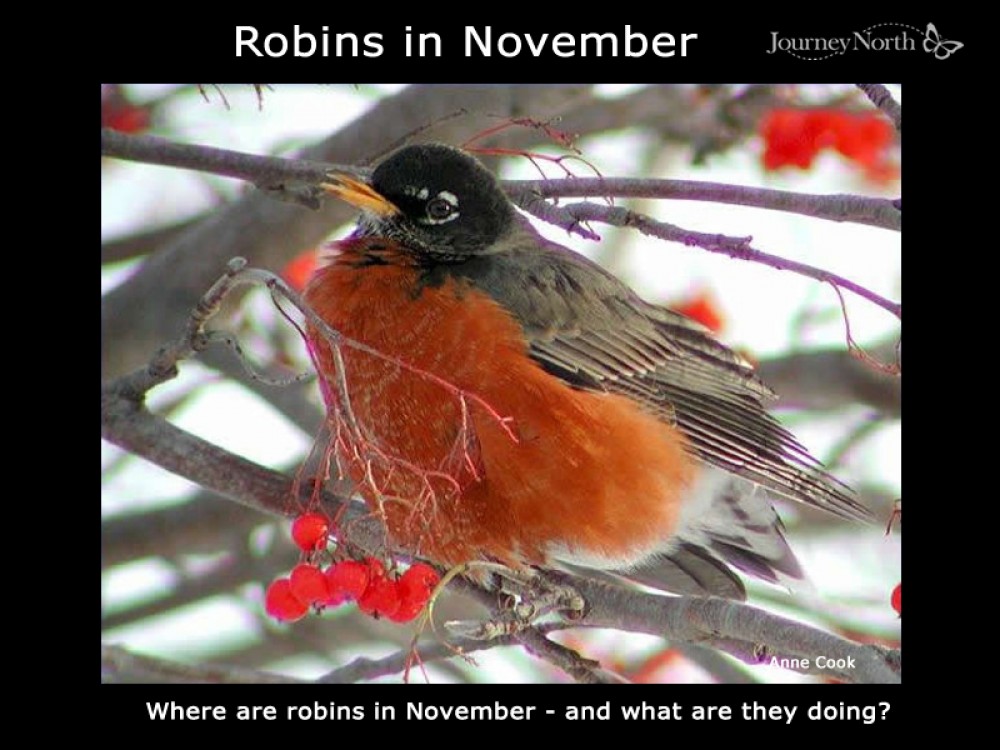November: Preparing for Winter
During November migration is well underway – and it never really ends. American Robins are on the move throughout fall, winter, and early spring.
November is Here
During November migration is well underway – and it never really ends. American Robins are on the move throughout fall, winter, and early spring. Winter robins are social and travel in flocks, relying on one another to find food and watch for predators. Robins now spend more time in trees than on the ground. Fluffing out their down feathers keeps them warm in cold temperatures.
Linda in Saint Paul, MN: "5:20pm, 48 degrees and cloudy. The Robins are feeding on Hackberries and in between stopping at the bird bathes." (10/24/2021)
LouAnne in Polson, MT: "A flock of male robins in neighbor's tree. Cold rainy weather. I was surprised to see them today." (10/25/2021)
Leslie in Orono, ME: "The Robins flew in again today around noon, ate and then flew off. Another flock? Or the same one was back again around 4:30." (10/29/2021)
Leucism
Leucism is a genetic condition which prevents pigments from reaching some or all of a bird’s feathers. Leucistic American Robins tend to have white splotches on their feathers, but the eyes and skin remain their normal color.
Take a look at these resources to learn more about leucism and albinism:
Keep Observing and Reporting
This fall migration season, report your observations of American Robins. Don’t forget to share photos!

